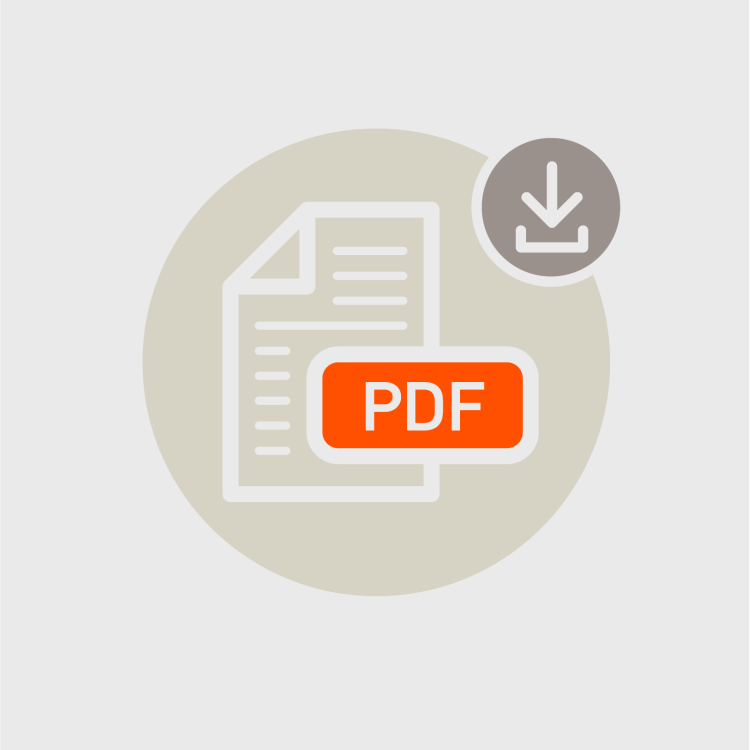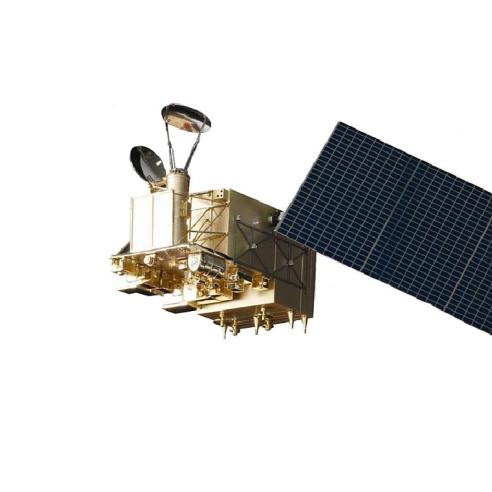30 May 2022
07 June 2017
This study investigates the quality of ASCAT surface soil moisture (SSM) retrievals with respect to other SSM products derived from the passive Soil Moisture and Ocean Salinity (SMOS) mission and two reanalysis datasets.
In particular, the purposes of this study are to:
- Characterise the global error structure of the satellite products.
- Understand the spatiotemporal variability of SSM at global scale.
- Investigate in which areas the assimilation of satellite data may add value to reanalysis.
For these purposes, standard statistical methods where applied, as well as triple collocation analysis (TCA) for estimating signal-to-noise ratios (SNR).
In line with previous studies, large and spatially variable biases where found between all four datasets, but overall spatiotemporal dynamics as reflected in Hovmöller diagrams agreed well.
With the exception of arid and semiarid environments, ASCAT performed better than SMOS, in terms of both its correlation with the models and the SNR.
Kengo Miyaoka
Kengo received an MS in geography from Tokyo Metropolitan University in 2000, and has been with the Japan Meteorological Agency (JMA) since 2000.
Since 2006, he has been working in the Climate Prediction Division of the Global Environment and Marine Department. His main tasks are the development and maintenance of the numerical prediction system with a focus on land surface analysis.
Kengo spent six months as a visiting scientist at the EUMETSAT, the TU-Wien, and the European Center for Medium-Range Weather Forecasts (ECMWF) working with microwave scatterometer (ASCAT) data.














